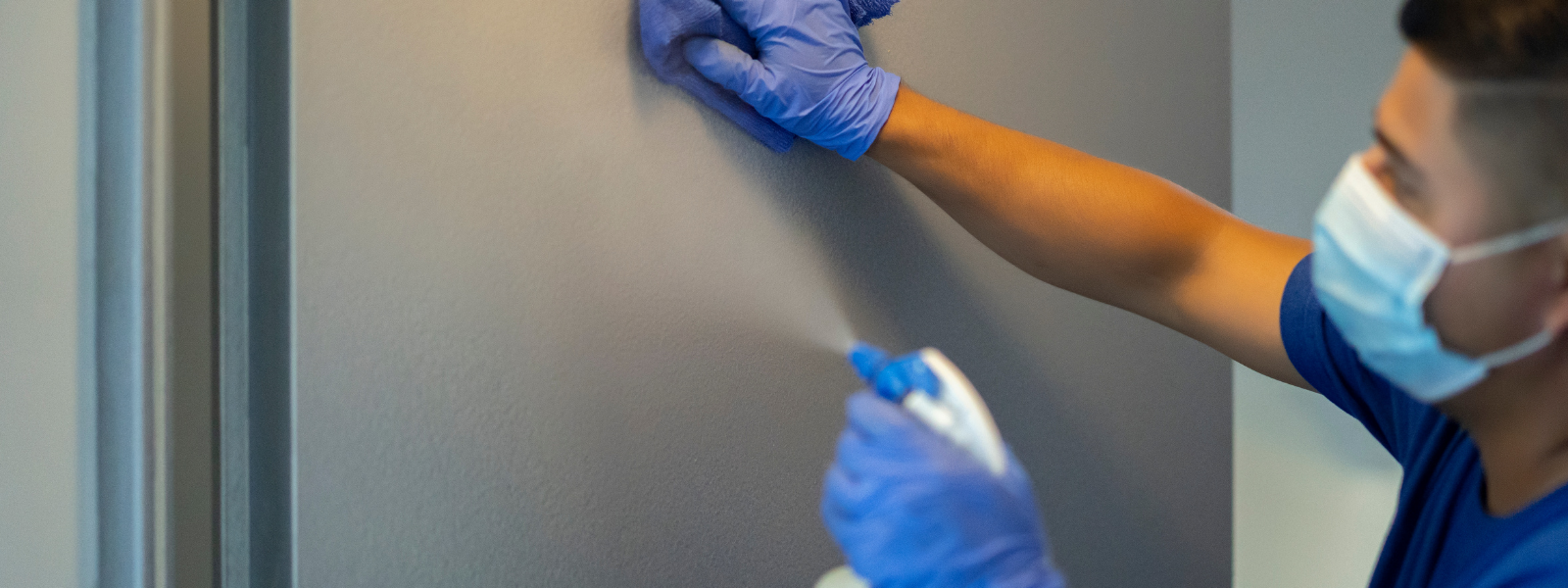What Are Surfactants?
Surfactants are materials or chemicals that lessen or destroy the bond between a liquid and a liquid or a liquid and a solid. Simply put, they are any material that can affect/lessen the surface tension between two things. Surfactants are used in a magnitude of commercial and industrial products including, but not limited to:
- Paints
- Emulsions
- Adhesives
- Inks
- Biocides/sanitizers
- Shampoos
- Toothpastes
- Detergents
Types of Surfactants and What Makes Them Up:
Non-Ionic Surfactants:
These are surfactants that have no charge on the molecules’ heads. Commonly, these surfactants have a wide range of uses including food ingredients, powder, and liquid laundry detergents, and hard surface cleaners. In making these surfactants, long alcohol chains are condensed to form ethers. Common chemicals that make up non-ionic surfactants include, but are not limited to:
- Polyoxyethylene glycol octyphenol ethers (wetting agent)
- Polyoxyethylene glycol alkylphenol ethers (spermicide)
- Polyocyethylene glycol sorbitan alkyl esters (food ingredient)
- Sorbitan alkyl esters (polishes, cleaners)
Anionic Surfactants:
These are surfactants that have a negative charge associated with the molecules’ heads. These can be found in adhesives, toothpaste, shampoos, soaps, detergents, and DMSO. Some of the common functional groups that are seen on the negatively charged head of these molecules are sulfonate, phosphate, sulfate, and carboxylates. Common chemicals that make up anionic surfactants include, but are not limited to:
- Alkyl sulfates (including ammonium lauryl sulfate, sodium lauryl, sodium laureth sulfate or sodium lauryl ether sulfate, sodium myreth sulfate) are the most common surfactants in soaps
- Dioctyl sodium sulfosuccinate (toothpaste)
- Perfluorooctanesulfonate (adhesives
- Linear alkylbenzene sulfonates (detergents)
- Sodium lauryl ether sulfate (shampoos)
Cationic Surfactants:
These are surfactants that have a positive charge associated with the head of the molecule. These are usually found in antimicrobial and anti-fungal in both commercial and industrial cleaners, however, they are also found in fabric softeners and laundry detergents. In their function as antimicrobials, they disrupt and damage the cell membranes of bacteria, making it impossible for them to live. Common chemicals that make up cationic surfactants include, but are not limited to:
- Monoalkyl quarternary systems (fabric softeners)
- Benzalkonium chloride (anti-microbial)
- Cetylpyridinium chloride (anti-microbial)
- Permanently charged quaternary ammonium cations such as alkyl trimethyl ammonium salts (cetyltrimethylammonium bromide and cetyltrimethylammonium chloride)
Zwitterionic (Amphoteric) Surfactants:
These are surfactants with both positive and negatively charged heads attached to the same molecule. They are highly sensitive to pH and “chose” to act as either an anionic or cationic surfactant according to the pH of the environment. Generally, these are used in shampoos and other cosmetic products. The anionic portion can consist of sulfonates or betaines while the cationic portion consists of primary, secondary, or tertiary amines or quaternary ammonium cations. Common chemicals that make up amphoteric surfactants include, but are not limited to:
- Carboxylate, sulfate, sulfonate, alkyl betaines, and carboxyl group (shampoos and other cosmetics)
- Quarternary ammonium ion
Looking for Surfactant Products?
Do you have a question about what surfactant is right for you? Contact Bulk Chemicals 2 Go for your surfactant needs and chemical questions!








